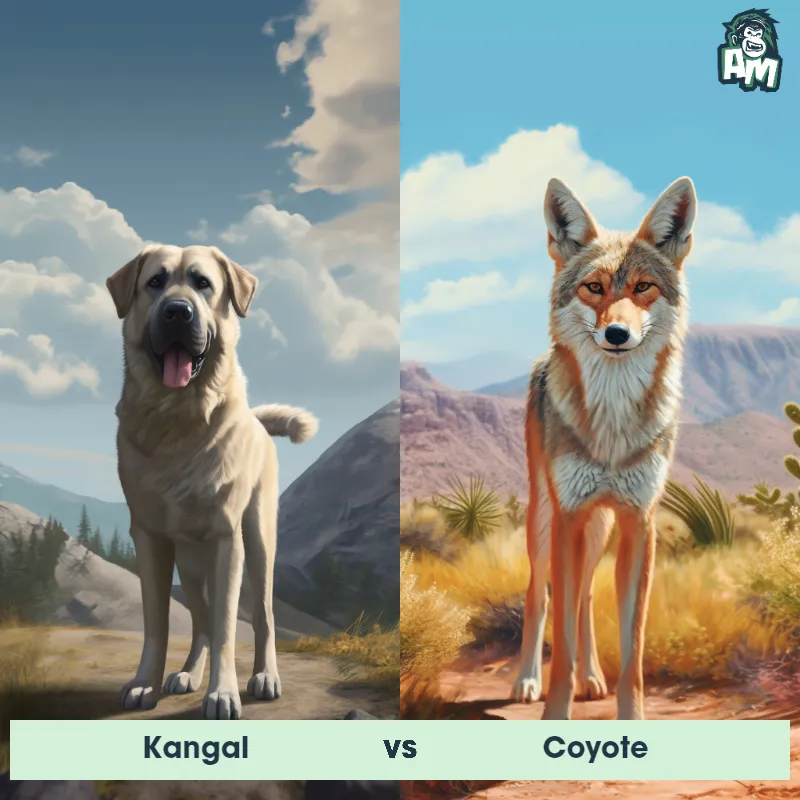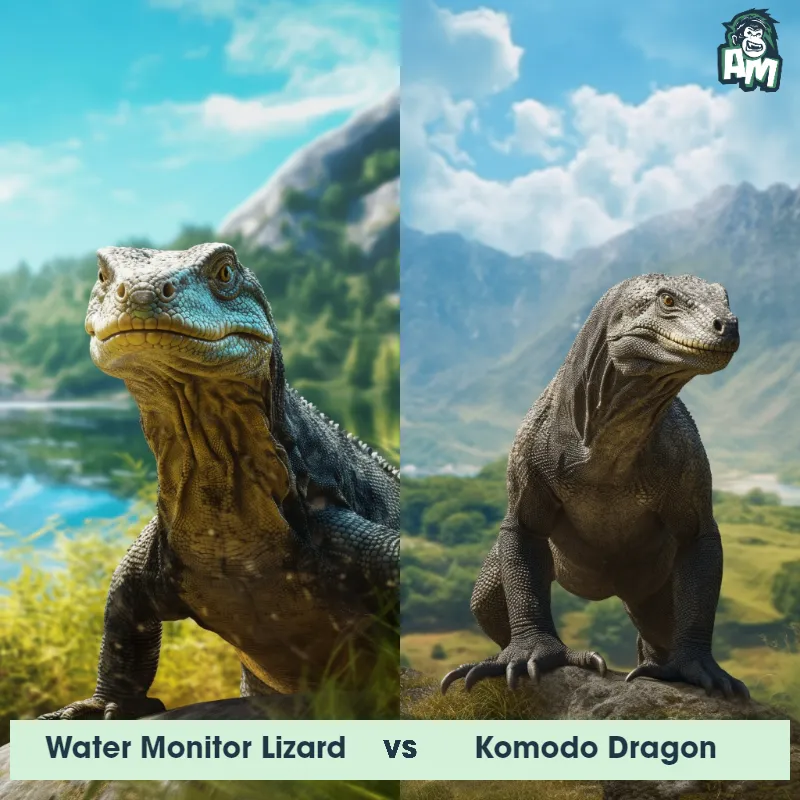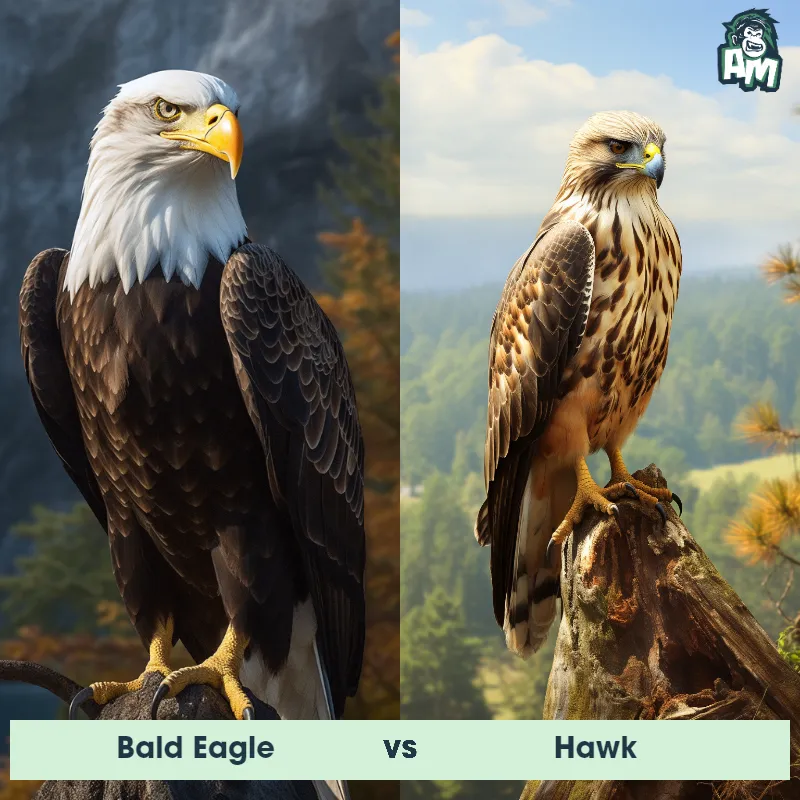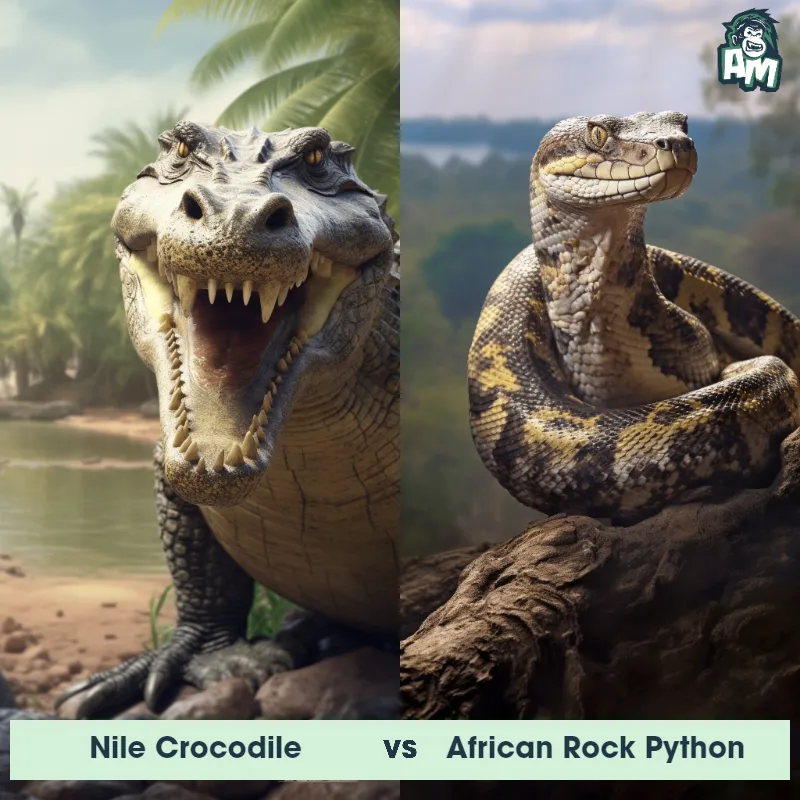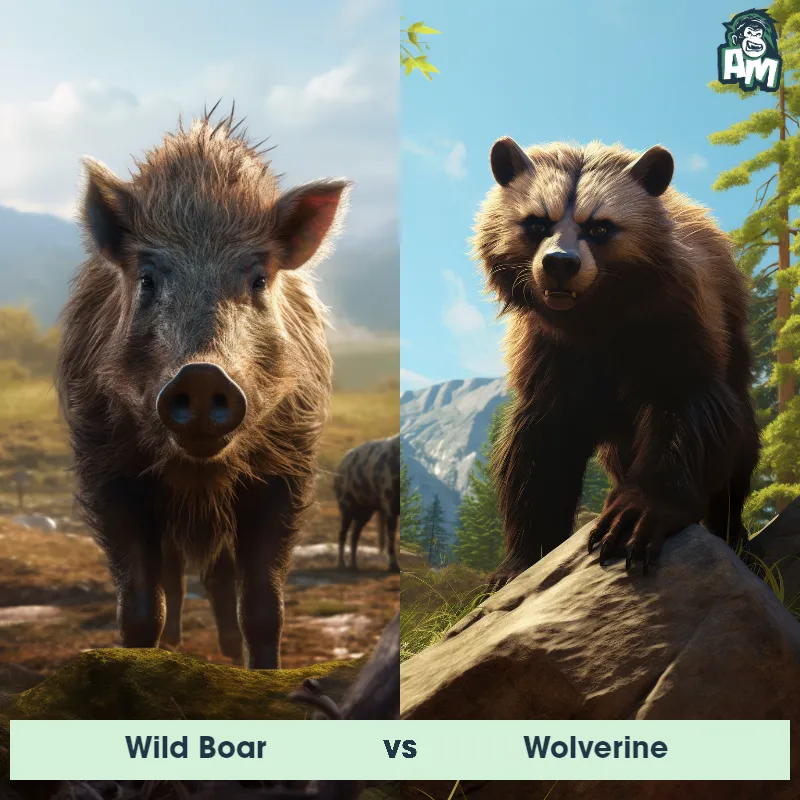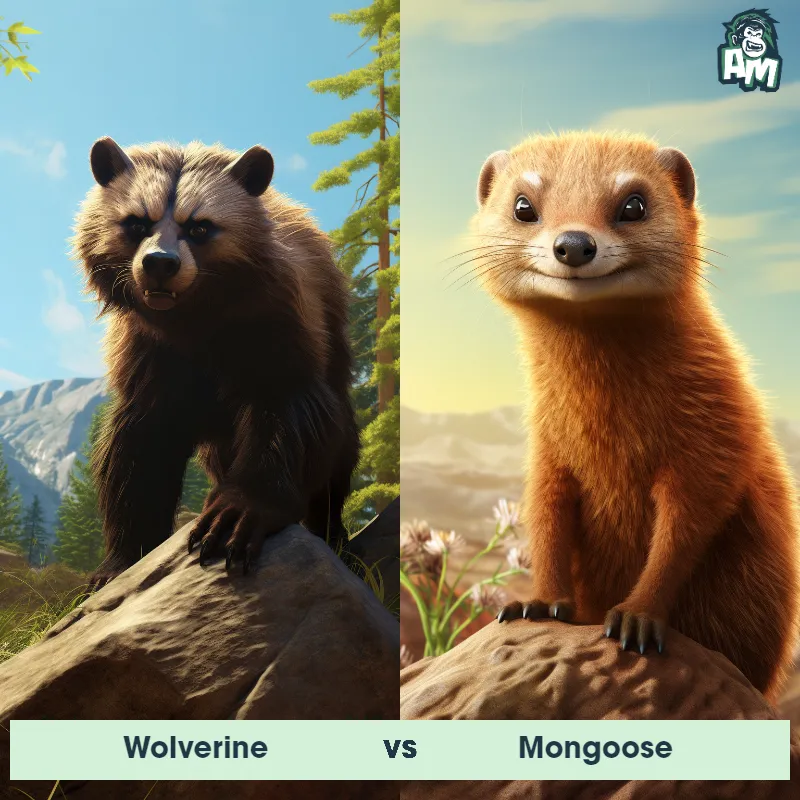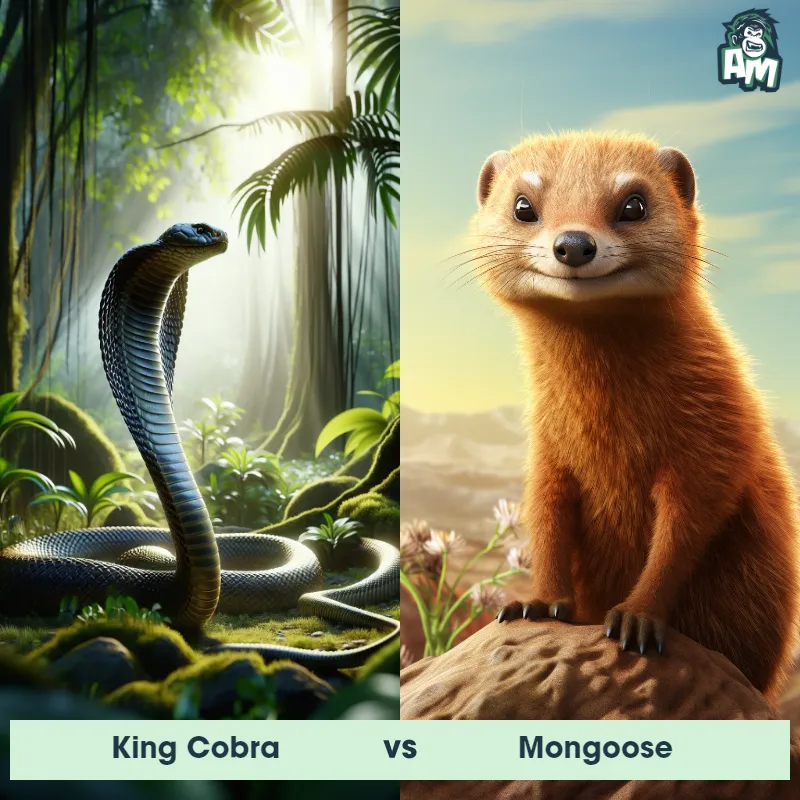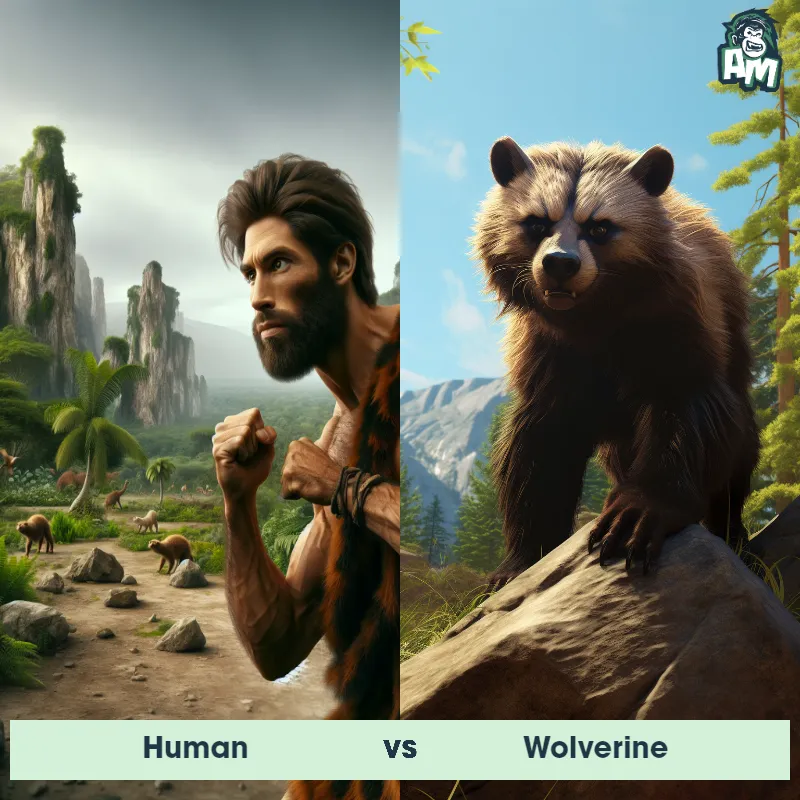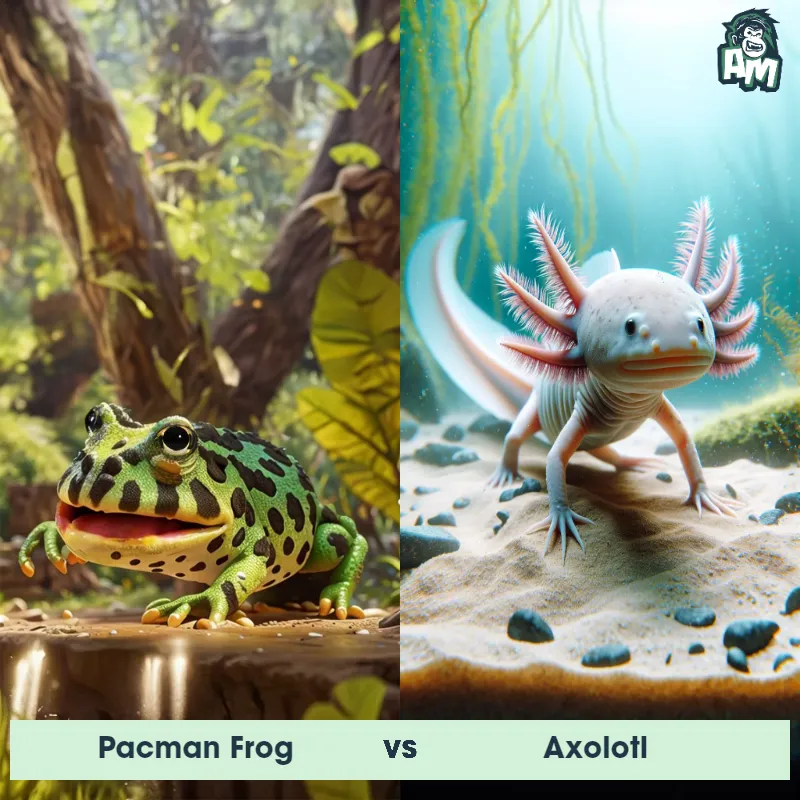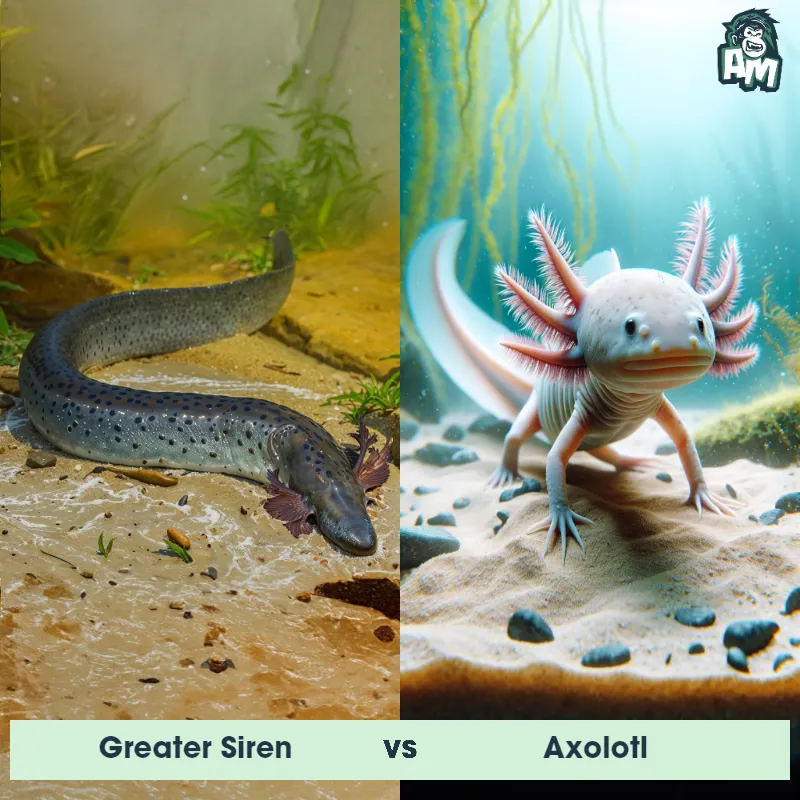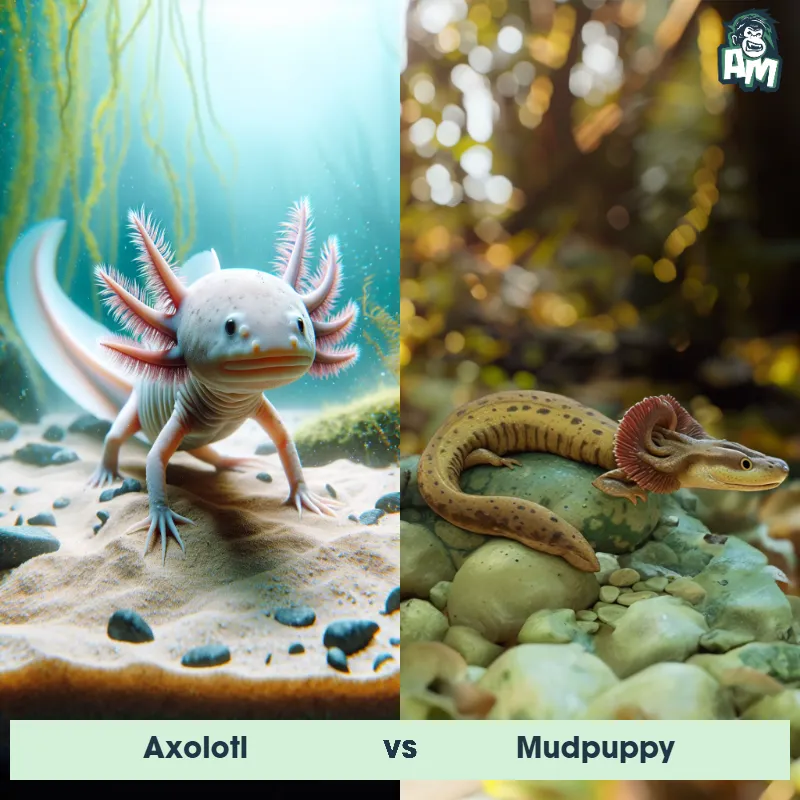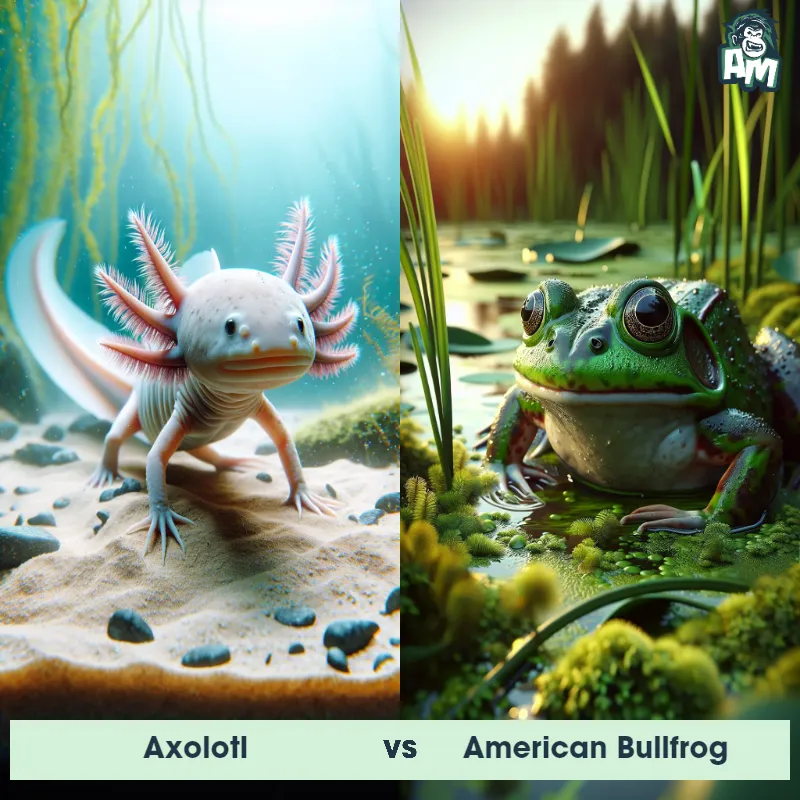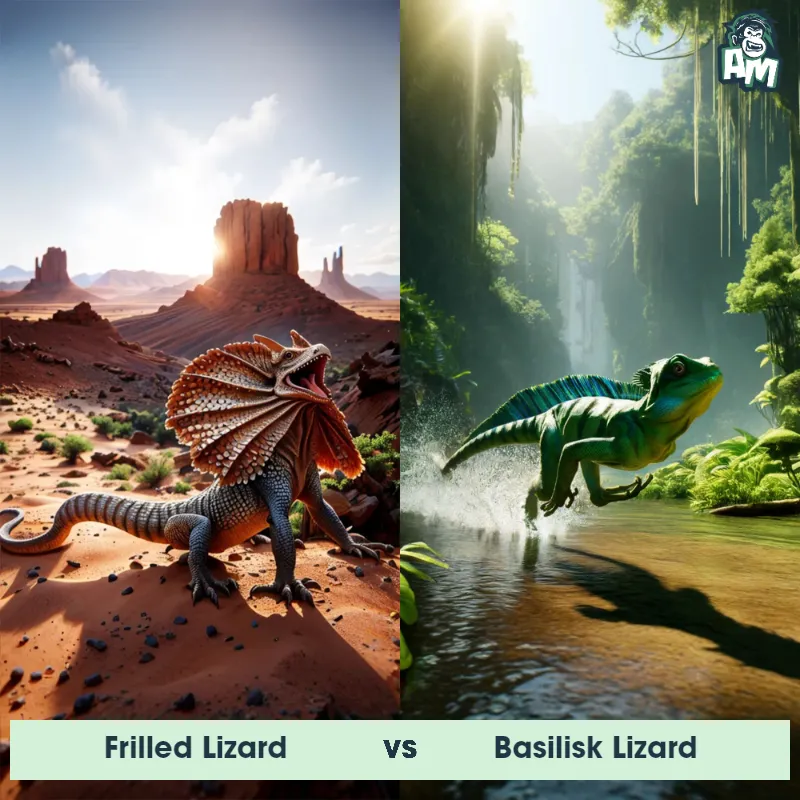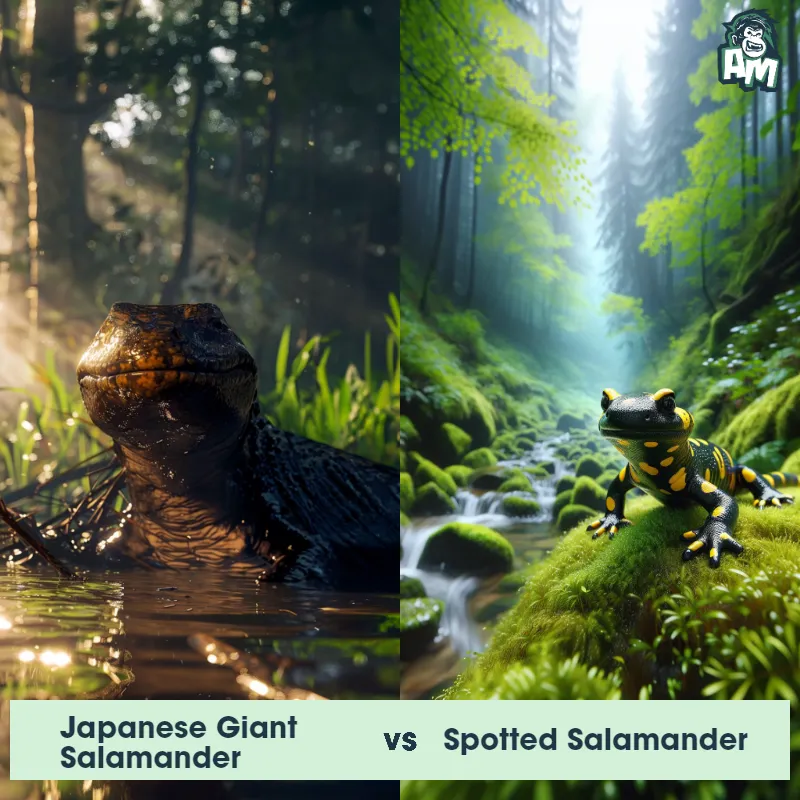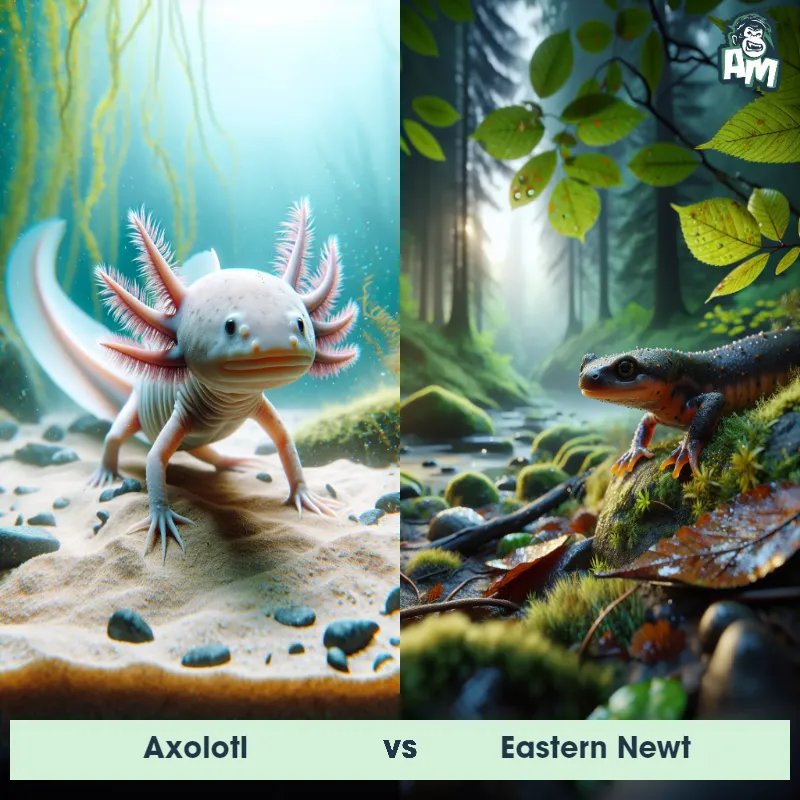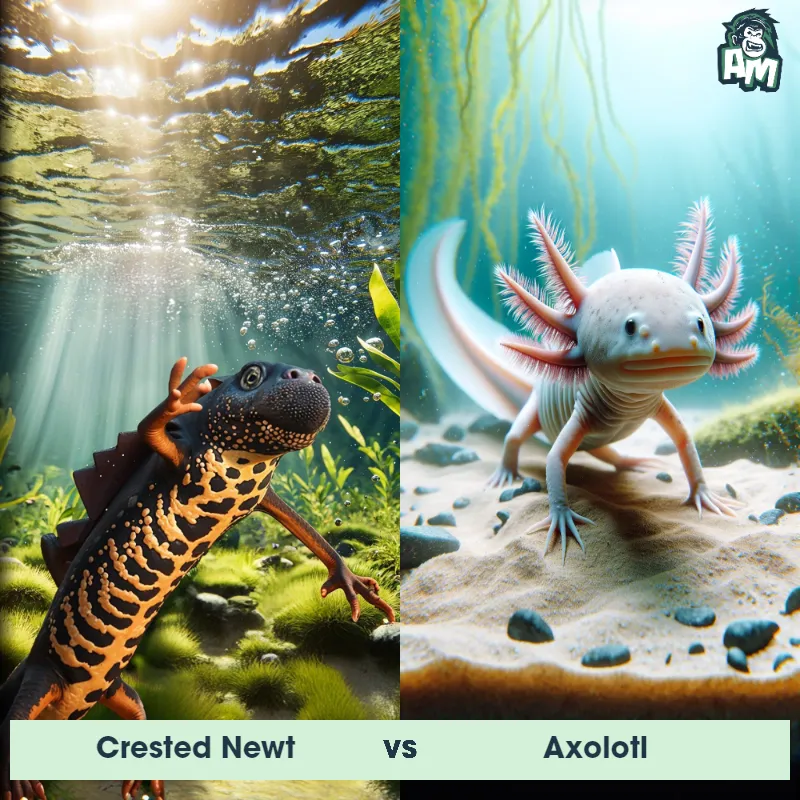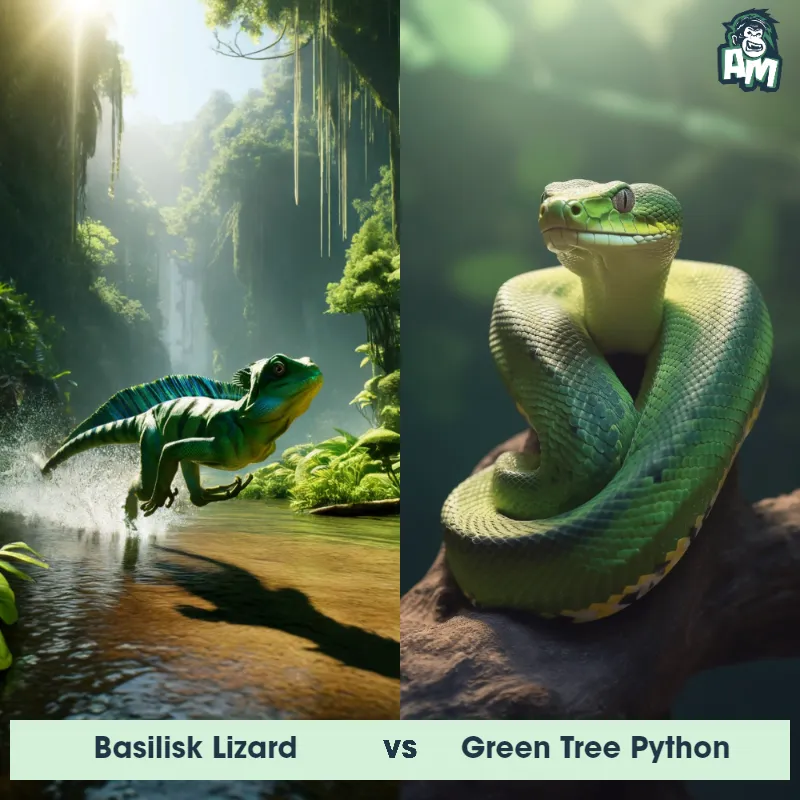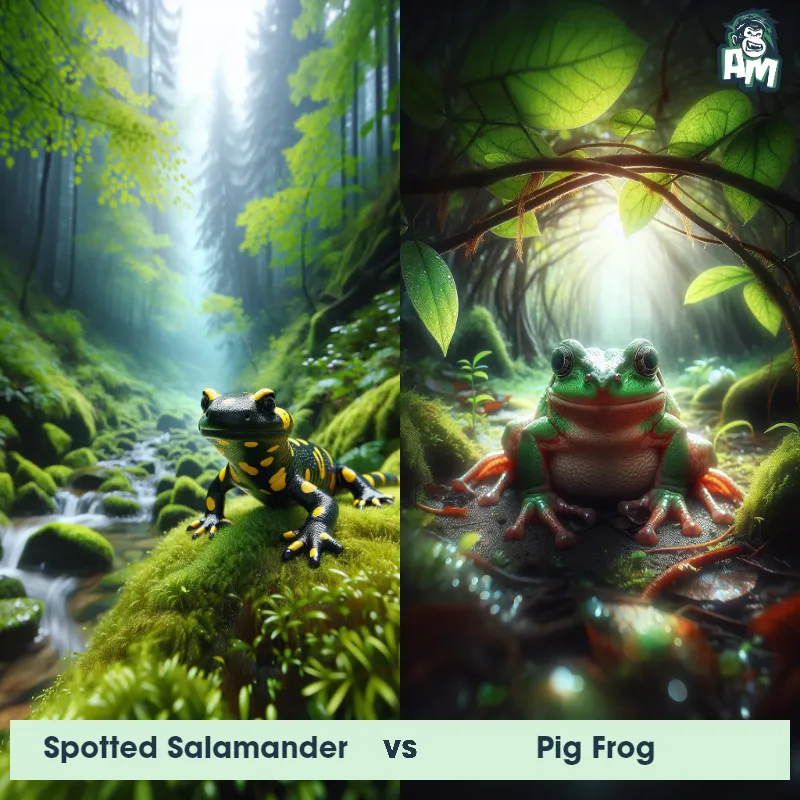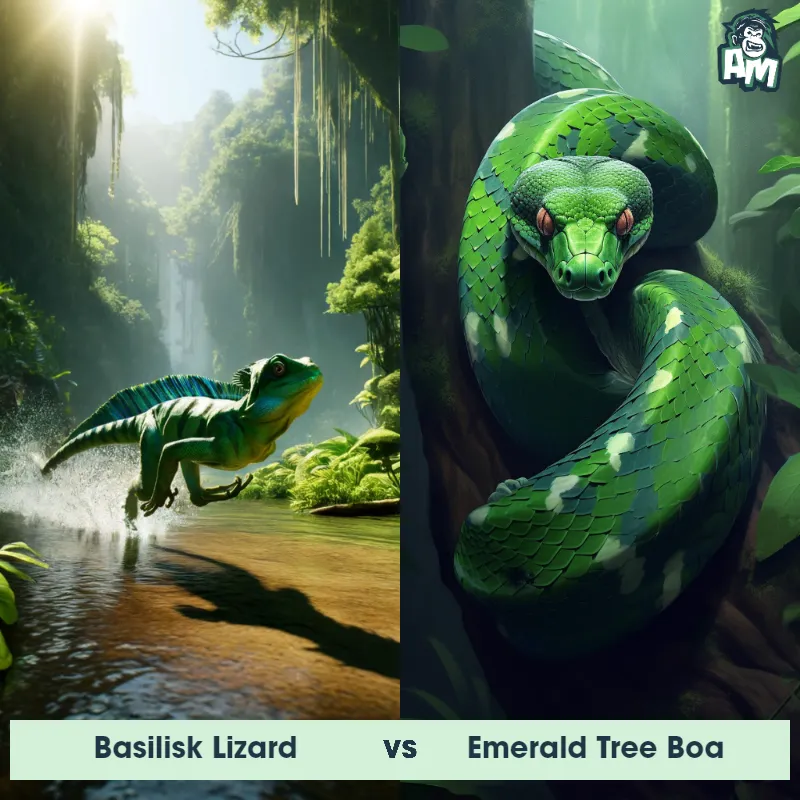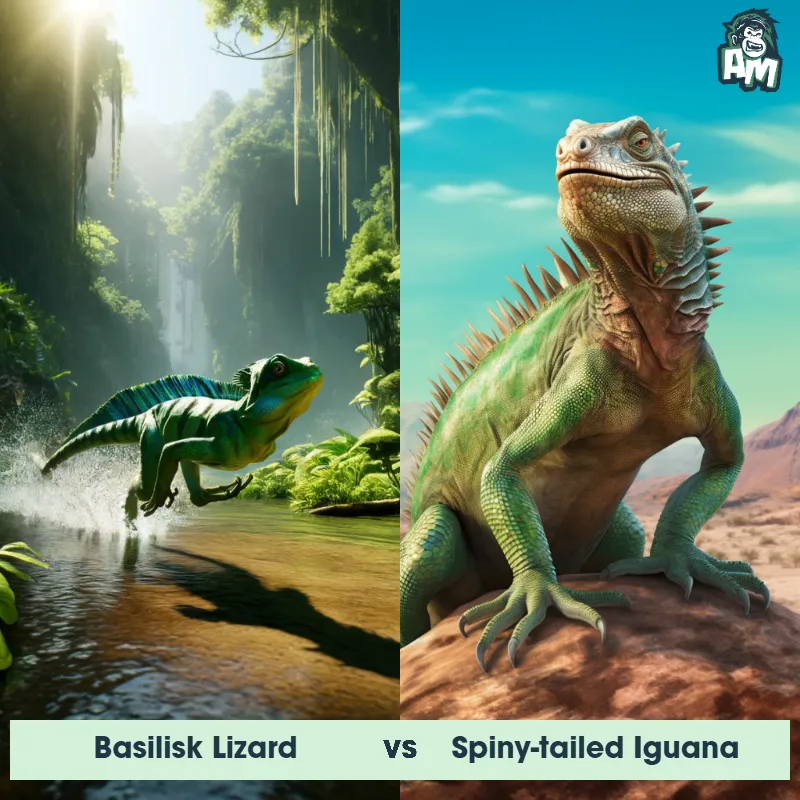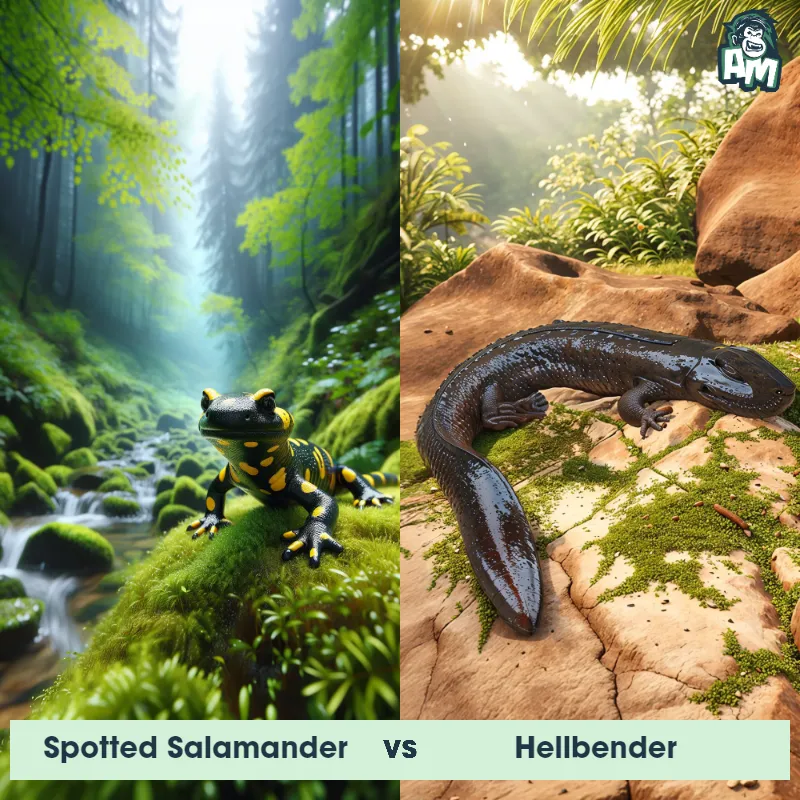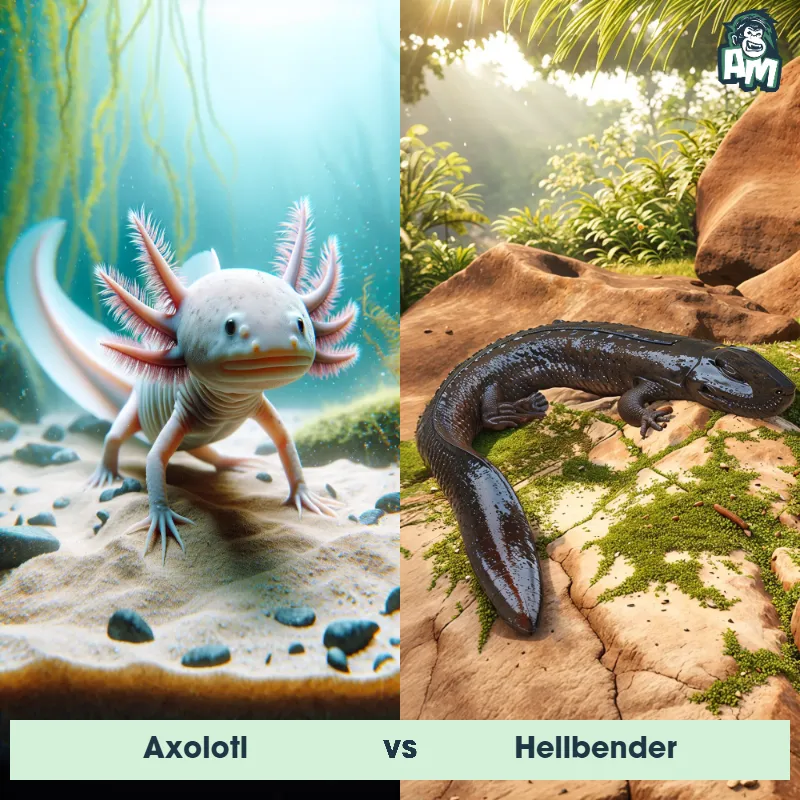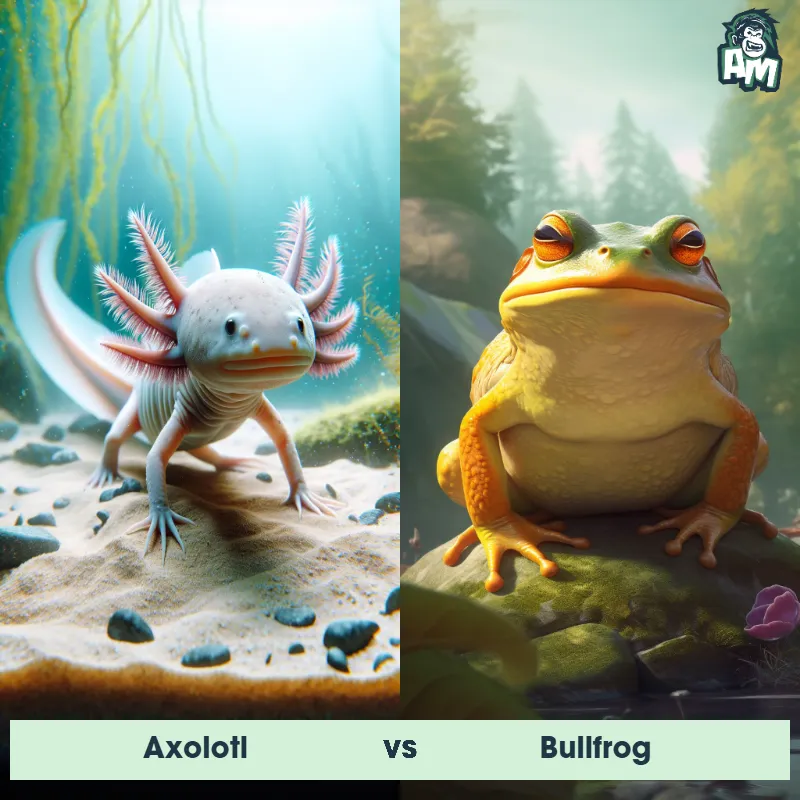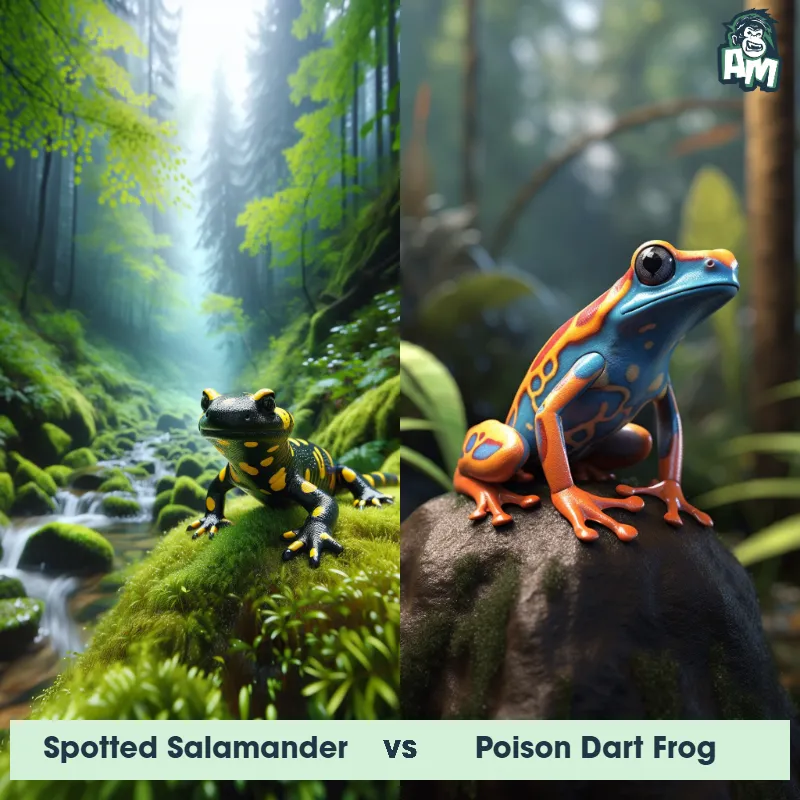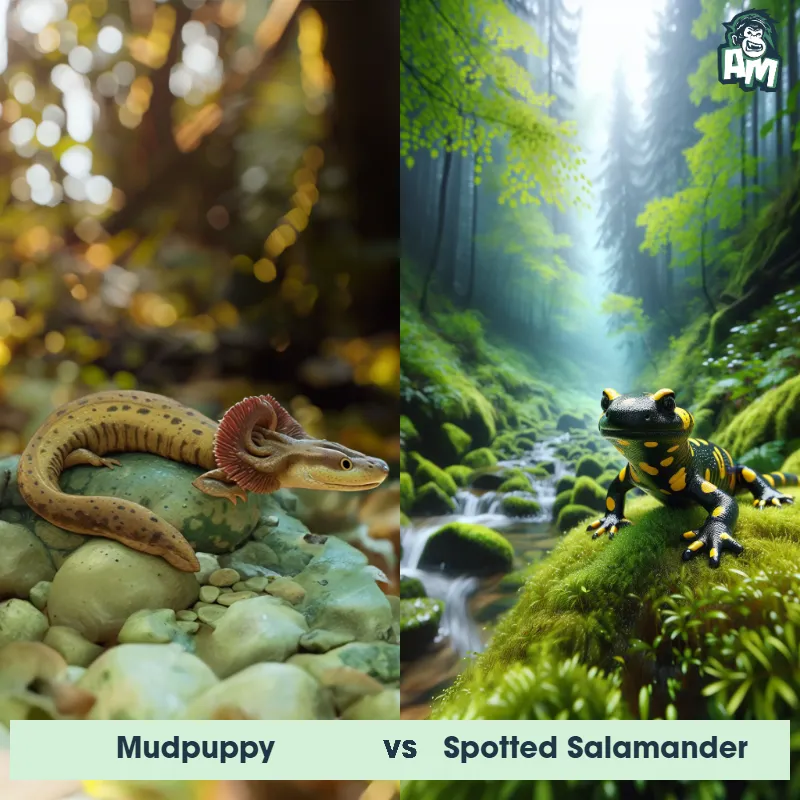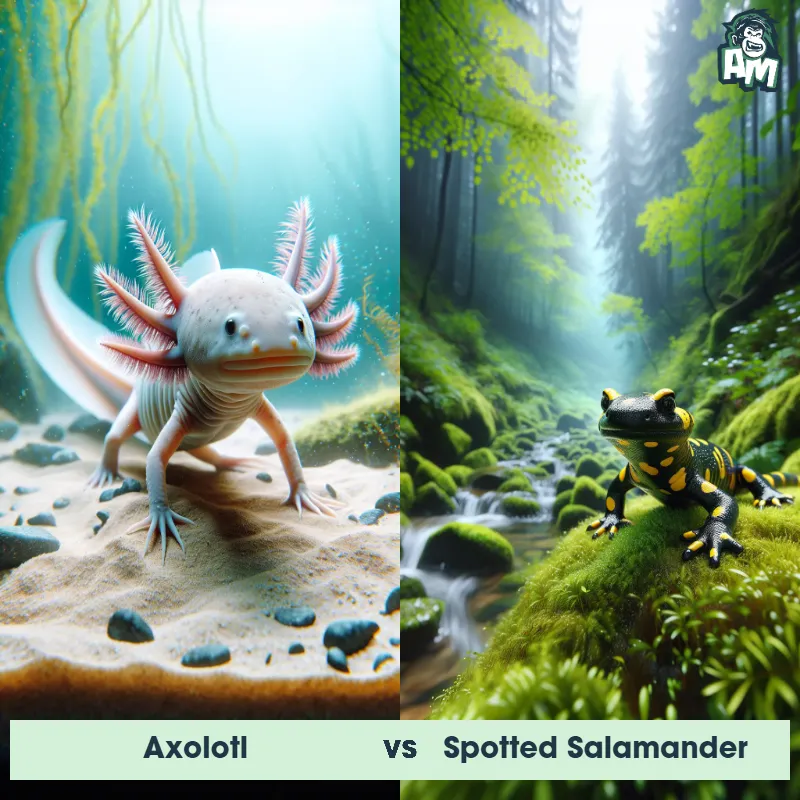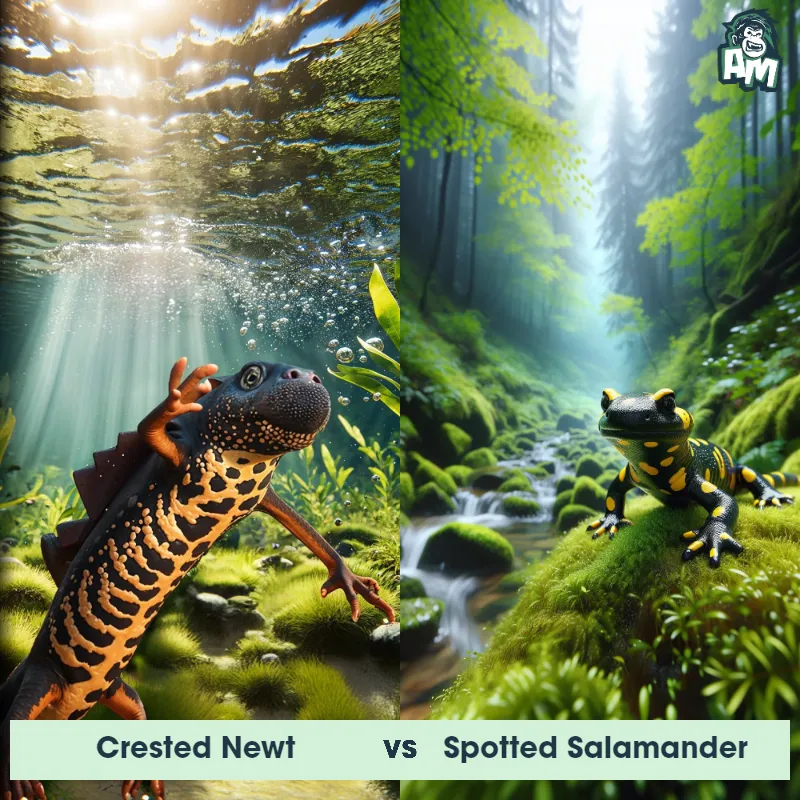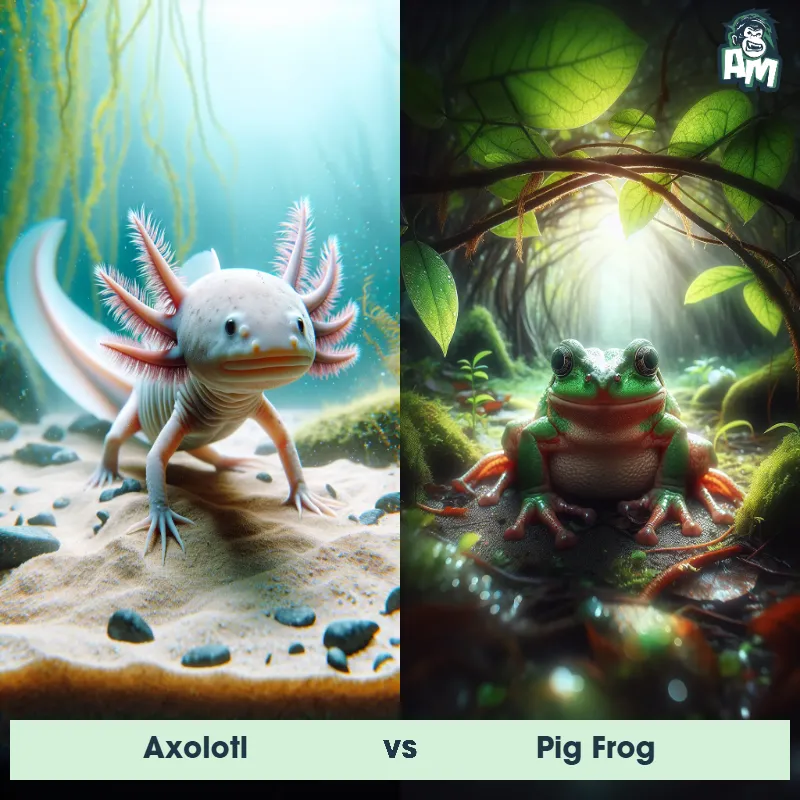Spotted Salamander vs Basilisk LizardSee Who Wins
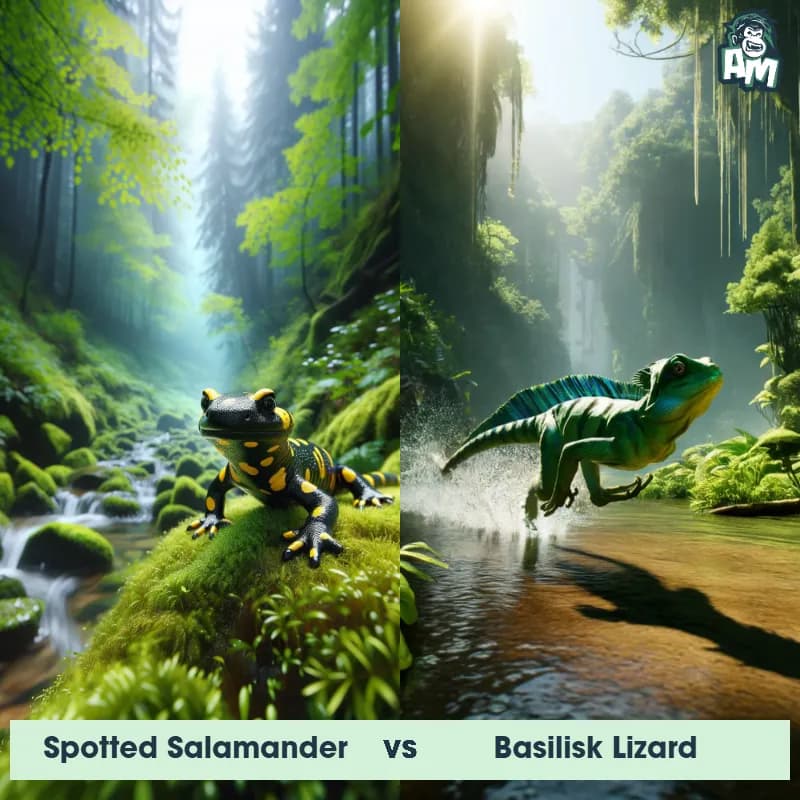
Welcome, ladies and gentlemen, to tonight's epic matchup between a Spotted Salamander and a Basilisk Lizard. These two fierce competitors have come to battle it out in a three-round fight to see who will come out on top.
Contender 1: Spotted Salamander
The Spotted Salamander is a large, colorful amphibian found in North America, known for its distinctive yellow spots against a dark blue or black body. It has a broad head, prominent eyes, and a long tail. These salamanders are nocturnal and spend most of their time in burrows or under logs, emerging during mating season.
Fun Fact: Spotted Salamanders are known for their unique mating ritual, where they form "mating balls" consisting of multiple males surrounding a female as she lays her eggs.
Contender 2: Basilisk Lizard
The Basilisk Lizard, also known as the Jesus Christ Lizard, is a reptile belonging to the family Corytophanidae. These fascinating creatures are native to Central and South America and are known for their remarkable ability to run on water. With a slender and elongated body, they can grow up to 70 cm in length, with the tail accounting for about two-thirds of their total body length. The most distinctive feature of the Basilisk Lizard is their specialized scales, known as fringes, which allow them to effectively use their hind legs to propel themselves across bodies of water. Furthermore, they have a strong grip and excellent jumping ability, enabling them to easily climb on trees and other vertical surfaces. Basilisk Lizards are primarily green or brown in color, providing excellent camouflage in their natural habitats such as rainforests, rivers, and streams.
Fun Fact: One fascinating fun fact about the Basilisk Lizard is that they can run on top of water for short distances, allowing them to escape potential predators or catch prey. Their unique ability is made possible by their long, slender toes and specialized fringed scales on their hind legs, which create air pockets and increase surface area, providing buoyancy and reducing the water's contact with their feet.
Matchup Stats
| Spotted Salamander | Basilisk Lizard | |
|---|---|---|
| Size | 6-7 inches (15-18 cm) | Up to 70 cm (27.6 in) in length |
| Weight | 2-4 ounces (57-113 grams) | Varies, typically around 200-300 grams (7-10.6 oz) |
| Speed | 4-5 mph (6.4-8 km/h) | 7mph (11km/h) |
| Key Strength | Poisonous skin glands | Speed and agility |
| Biggest Weakness | Slow movement | Fragile body structure, lack of defensive capabilities |
Current Votes
Spotted Salamander vs Basilisk Lizard
See Who Wins
View More Matches
Looking For More?
Similar Matches
Scientific Stats
| Spotted Salamander | Basilisk Lizard | |
|---|---|---|
| Scientific Name | Ambystoma maculatum | Basiliscus basiliscus |
| Family | Ambystomatidae | Corytophanidae |
| Habitat | Woodlands, forests, and wetlands | Rainforests, rivers, and streams |
| Geography | North America | Central and South America |
| Diet | Insects, worms, slugs, and small invertebrates | Insects, small fish, invertebrates |
| Lifespan | 10 years - 20 years | 4 years - 6 years |
Key Differences between Spotted Salamander and Basilisk Lizard
- Limbs: The Basilisk Lizard has well-developed limbs that it uses for climbing and running on land, while the Spotted Salamander has short, stubby legs used primarily for crawling.
- Reproduction: Spotted Salamanders lay eggs in water during the breeding season, while Basilisk Lizards lay eggs in nests on land.
- Habitat: The Spotted Salamander prefers moist, wooded areas and spends much of its time underground, while the Basilisk Lizard is often found near water sources such as rivers, streams, and ponds.
- Tail shape: The Basilisk Lizard has a long, slender tail that it uses for balance and swimming, whereas the Spotted Salamander has a rather short, thick tail ending in a rounded tip.
- Size: The Spotted Salamander is typically much smaller than the Basilisk Lizard, with adults reaching about 6-7 inches in length compared to the Basilisk Lizard's average length of 2-3 feet.
- Color pattern: The Spotted Salamander has a distinct black body covered in yellow spots, while the Basilisk Lizard has a range of colors including green, brown, and gray with minimal patterns.




